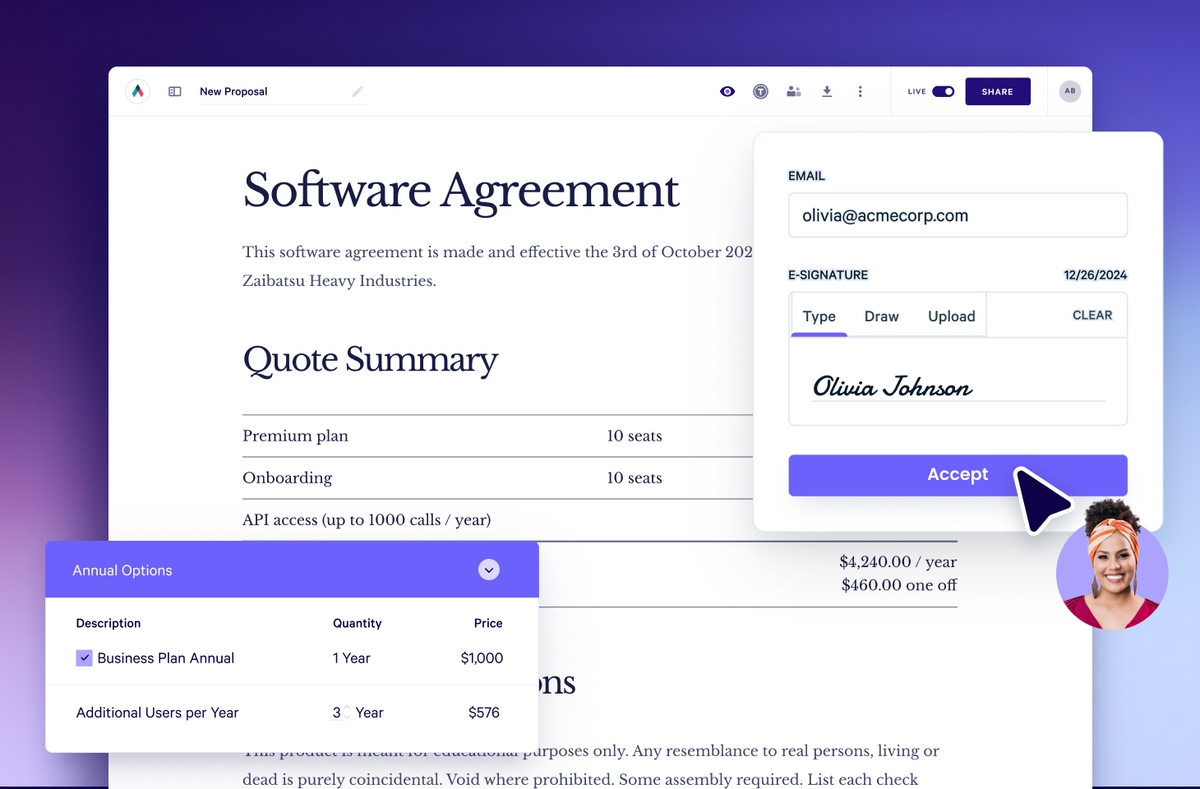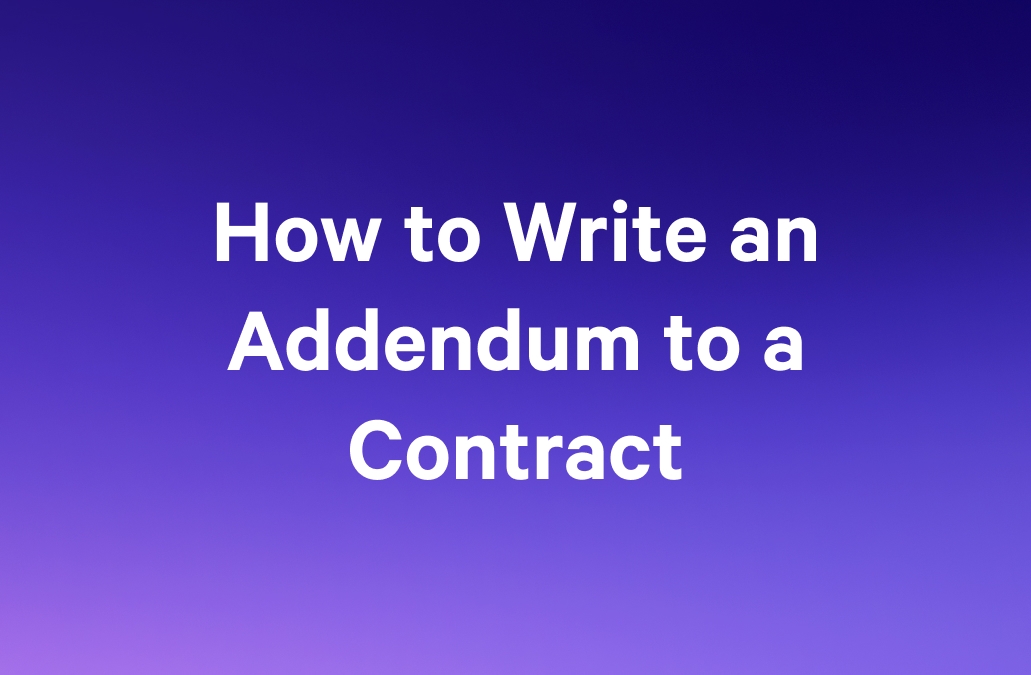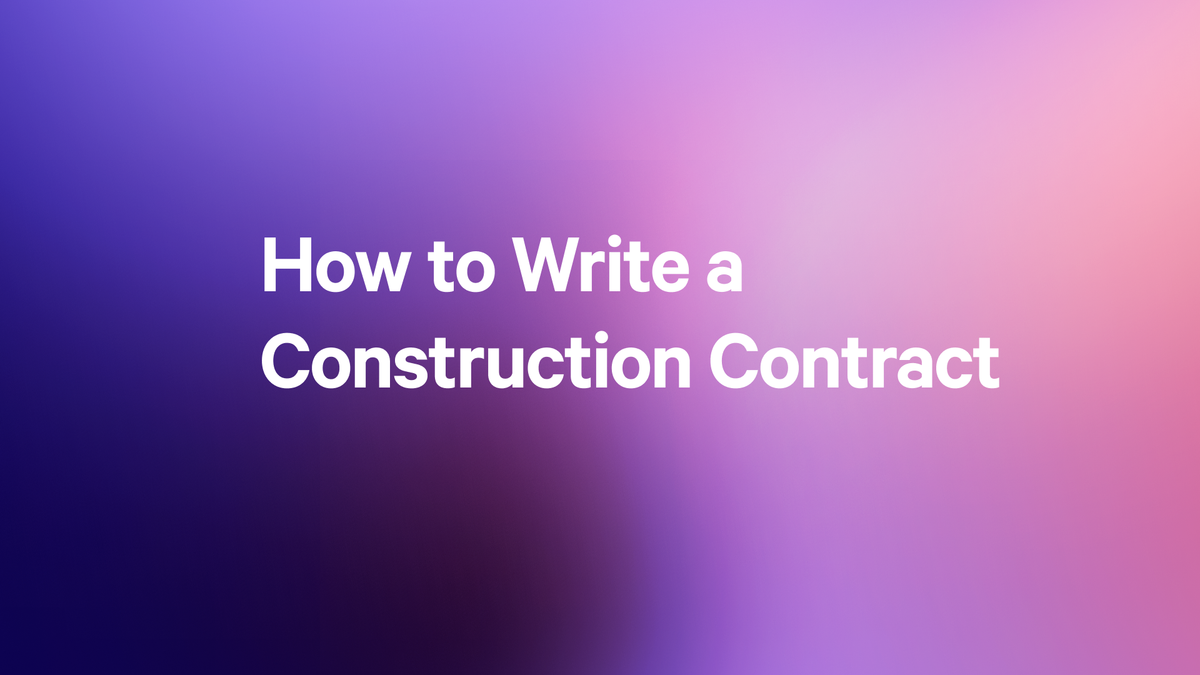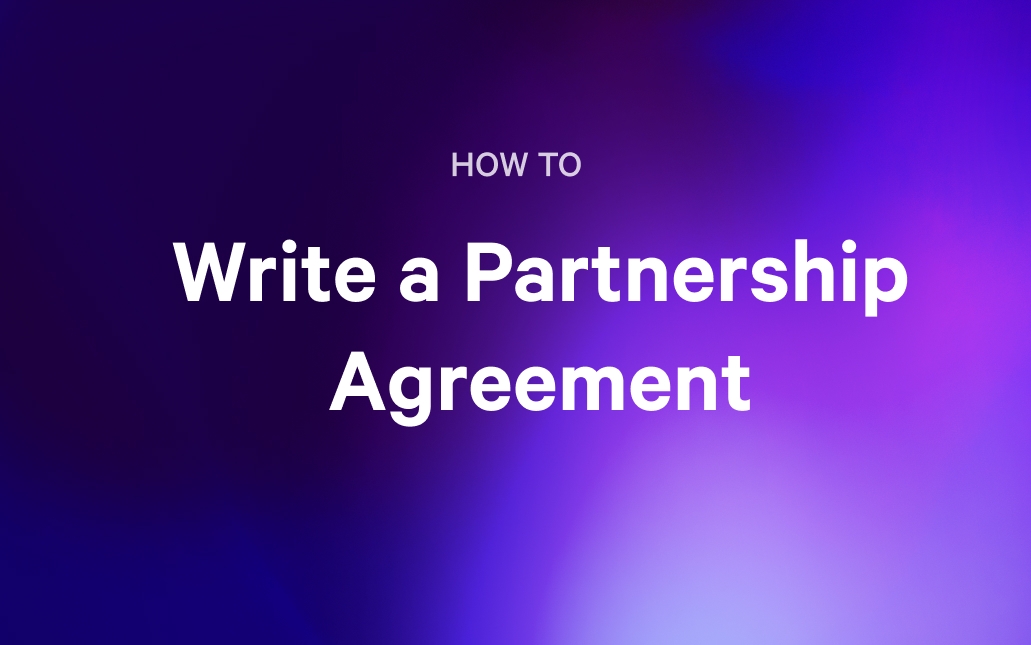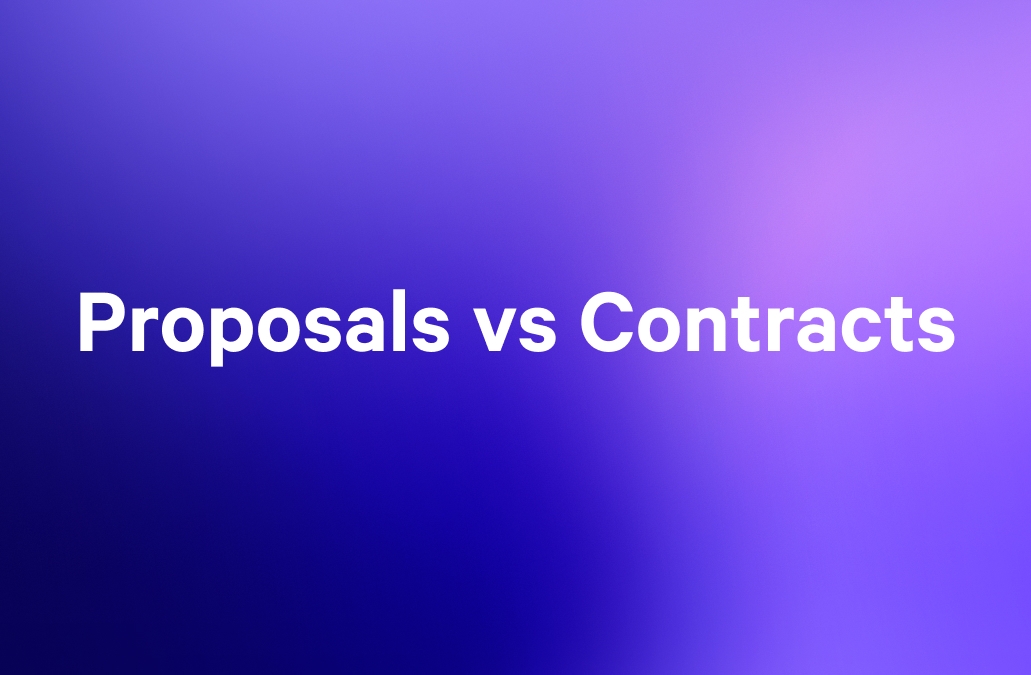It often starts small. A freelancer wonders how to chase an unpaid invoice, which could have been avoided with a clear contract.
For SaaS teams, the stakes are even higher. The Deel vs Rippling dispute is a sharp reminder that contracts and NDAs aren’t just formalities. No one dreams of corporate espionage, but without solid agreements in place, you risk exposing your business to trust erosion, exposed liabilities, lost revenue, and damaged reputation. Scary, right?
But the questions remain. Do you really need a lawyer for every contract? Or can you create agreements yourself that still hold up when tested? More importantly, does relying on free templates really serve you when so much is at stake (considering it’s the next logical step in turning interest into a binding agreement)?
We’ll answer the questions every business has about contracts, explain what makes them legally binding, and show how a seamless proposal-to-contract workflow helps you avoid delays, errors, and lost trust.
Can anyone make a legally binding contract?
The short answer is yes. You don't need a law degree or expensive legal counsel to create a contract that will hold up in court. However, there's an important distinction between writing a contract and creating one that's actually legally binding.
A signed document alone isn't enough. The law requires specific elements to be present, and if any are missing, your agreement may not be enforceable when you need it most. This is especially important to remember once a proposal is accepted and the contract stage begins.
So while anyone can draft a contract, it only becomes legally binding when it contains five essential components listed below:
- Offer: One party needs to clearly state what is being provided. For example, a SaaS company might set out that it will provide access to its platform with defined features, limits, and support.
- Acceptance: The other party must agree to those exact terms. A freelancer might send a consulting agreement outlining 20 hours of marketing support per month, and the client signs to confirm their acceptance of that scope.
- Consideration: There has to be something of value exchanged. A SaaS customer might agree to pay $500 per month for access, while a photographer might provide services in return for a set fee or even equity in a startup.
- Intention: Both sides must intend for the agreement to be legally binding. A signed NDA or Services Agreement makes this clear, while an informal “let’s give it a go” email usually does not.
- Capacity: Each party must have the legal ability to sign. In SaaS, that means the person signing has authority to bind the company, while for freelancers, it means the client is of legal age and entering the contract willingly.
When one of these is missing, even a signed agreement can fall apart. SaaS teams often run into disputes when their SaaS proposal promises too much, while freelancers are vulnerable to scope creep if deliverables are left vague.
So yes, anyone can make a legally binding contract, but only if these essentials are present. Without them, you're left with good intentions rather than legal protection.
How to write a contract without a lawyer: Step-by-step
Once you understand the five essential elements, creating an enforceable contract becomes straightforward.
Here's how to structure yours:
Step 1: Identify the parties clearly
Start by stating exactly who's entering the agreement—full legal names for individuals, registered business names for companies. This removes any confusion about who's actually bound by the terms.
Step 2: Define what each party will do
Spell out the specific obligations, deliverables, and timelines for both sides. A SaaS company might specify "24/7 platform access with 99.5% uptime," while a consultant might detail "weekly strategy sessions and monthly performance reports."
Step 3: Set clear payment terms and deadlines
Include exact amounts, payment schedules, and what happens if payments are late. Don't just say "payment on completion"—define what completion means and when invoices are due.
Step 4: Add your special conditions
Include any extras like confidentiality clauses, dispute resolution processes, or termination conditions. These protect you when standard terms aren't enough.
Step 5: Include proper signatures and dates
Both parties need to sign and date the agreement, with clear authority to bind their respective organizations. Digital signatures with audit trails work just as well as handwritten ones.
Your contract's complexity should match your deal's importance. A simple consulting project might need just one page, while a comprehensive SaaS agreement could require much more detail.
The risks of DIY contracts (and why free templates aren’t enough)
By now, you know contracts don’t always need a lawyer. Which makes it tempting to either write them yourself or lean on free templates. A one-off collaboration with a clear end date or a small consulting agreement where both sides already have a trusted relationship may not expose you too much. But when the stakes involve money, delivery, and reputation, we believe it’s not enough.
In our view, a template serves as a starting point, not a protection.
The reality is that most free contracts look fine at first glance, but they rarely match the way you actually work. They provide you with the shell of a contract, but without the substance that holds up when tested.
Olivia Dalton, Head of Legal and Lawpath, who has years of experience working across diverse sectors including technology, healthcare, professional services, and retail, echoes the sentiment.
The biggest misconception I see is that businesses think downloading a 'standard contract template' gives them comprehensive protection. In reality, most disputes arise from what's not in the template - jurisdiction clauses that don't match where you actually operate, liability caps that are unenforceable in your state, or IP ownership provisions that contradict your business model. Templates are a starting point, not a finish line. The real test comes when you're in a dispute and discover your 'bulletproof' contract has what we like to call 'swiss cheese coverage' for your specific situation.”
Here’s why:
- For small SaaS teams, the cracks often show up in service levels. A free Services Agreement might say “reliable uptime” but never explain what that means in practice. The first outage comes along, and suddenly, you are left with unhappy customers, renewal risk, and no contractual language to back you up
- For freelancers and consultants, the risk usually lies in payment terms. A free Consulting Agreement may simply state “payment due upon completion,” without defining what “completion” actually means or when late fees apply. Take, for instance, the example below — a freelancer sharing how a founder simply ghosted them on payment, arguing, “I’ll pay you when I get revenue.”
It’s a sharp reminder that without clear contract terms, you have little recourse when clients overcommit or walk away.
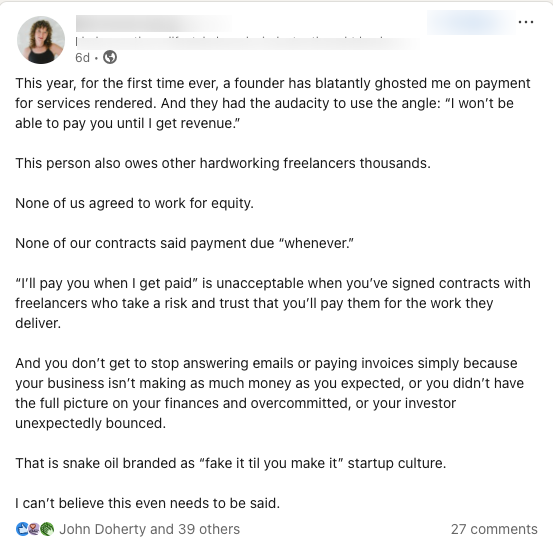
- Across both groups, jurisdiction is another blind spot. Many templates are written for a different country or legal system. If you’re based in Australia but using a US NDA, the contract may look professional, but it won’t necessarily protect you in your local courts.
Even if you patch these gaps, another issue appears—disjointed tools and their impact (more on this in the section below).
How Qwilr + Lawpath makes legal contracting effortless
We’ve already seen how weak contracts leave both freelancers and SaaS teams exposed (from unpaid invoices to disputes that make headlines). The biggest reason for this is that proposals, contracts, and signatures usually live in separate places.
You draft the proposal in one tool, pull a contract together in another, and chase signatures in yet another. That fragmented process creates delays, errors, and a credibility gap right when clients are ready to move forward.
Our partnership with Lawpath, Australia’s leading online legal platform, changes that. Lawpath brings vetted legal content and compliance expertise, while Qwilr connects proposals, contracts, and e-signatures in one seamless experience. Together, we turn what used to be a messy handover into a single flow.
The result is a library of AU and US agreements, starting from Services Agreements and SaaS Agreements to Privacy Policies, NDAs, Heads of Agreement, and Consulting Agreements, built by senior commercial lawyers with decades of experience.
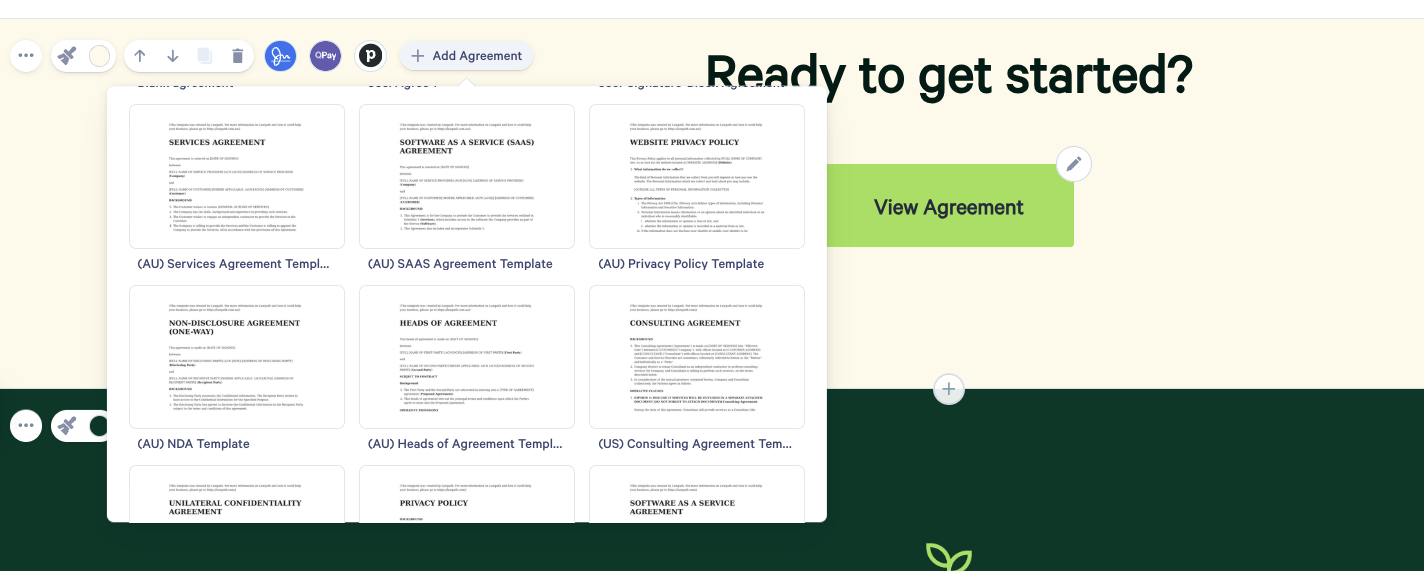
They may look like simple templates, but they’re built to hold up in real situations. The clauses are written with the right jurisdiction in mind and shaped for how businesses actually work, the kind of detail that free downloads usually leave out.
Here’s how the combined workflow works in practice:
Start with vetted templates, not generic copies
Normally, you might search online for a free template or recycle an old contract. It looks fine until you realise it doesn’t cover your jurisdiction or the clauses you really need.
Now, inside Qwilr, you can start with a Lawpath template that’s already vetted by senior lawyers and is legally sound in your jurisdiction.
Once done, you attach the template directly to your proposal and customize it for your client's specific needs. This way, you aren’t just drafting faster; you have fewer legal blind spots and peace of mind that your agreement isn’t just a placeholder.
Keep everything in one seamless workflow
With Qwilr, you build the proposal using one of our well-researched templates, then attach the right Lawpath contract and send it for approval and e-signature without leaving the platform.
For SaaS teams, that means your Services Agreement always mirrors the pricing and scope in your proposal. For consultants, your contract terms carry through clearly, so nothing gets lost between draft and signature.
Furthermore, with our newest AI Proposal Creator, you don’t even need to start from scratch. Drop in your website URL, answer a couple of quick questions, and Qwilr will generate a polished, branded proposal in seconds. We’ve analysed over 1 million proposals to learn what works, and those best practices are automatically baked into every draft.
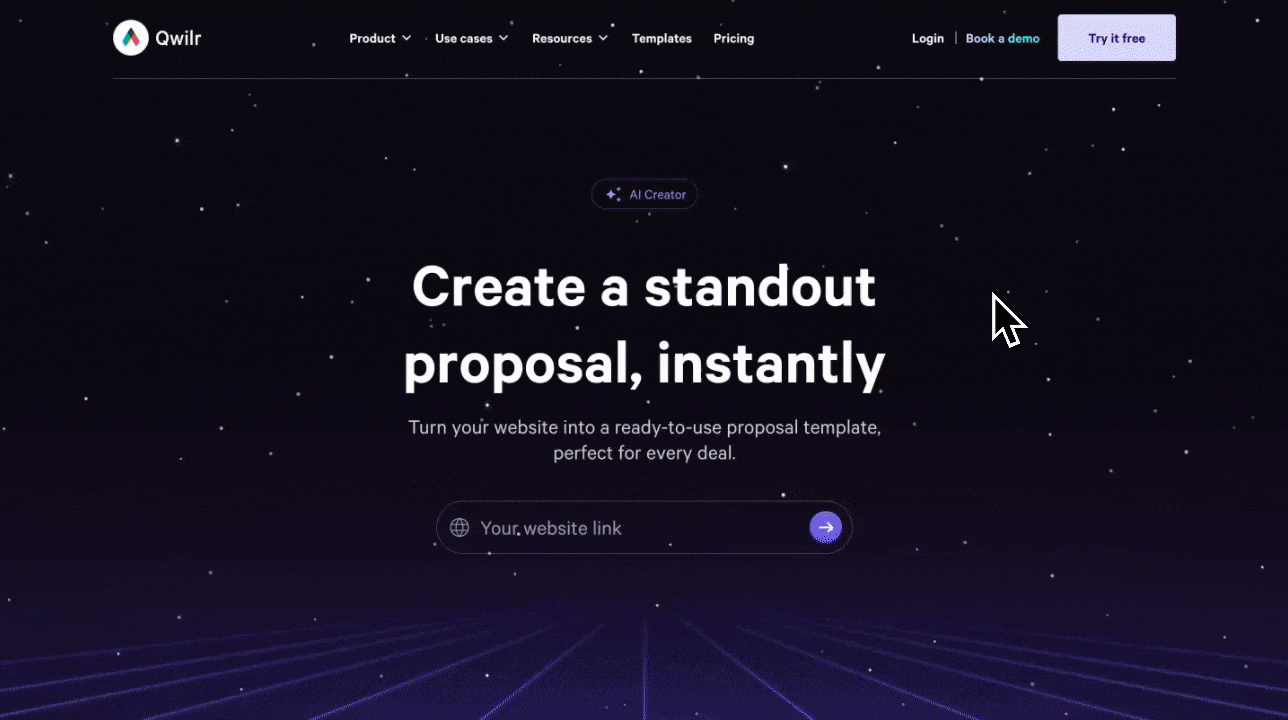
The result? You save hours of formatting and guesswork, and move from first draft to signed contract faster than ever.
Customize for your business reality
Maybe you want to define exactly what “completion” means in a Consulting Agreement, or spell out remedies in a SaaS Agreement. Normally, that means trawling through old contracts or rewriting clauses by hand. Annoying, time-consuming, and a massive waste of productive hours.
With agreements built into Qwilr, you can attach the right Lawpath contract and make quick edits right there. The framework is already in place, and Qwilr makes it easy to adapt so your proposal and contract stay perfectly aligned.
Maintain proposal momentum
Normally, the energy you build in a proposal fizzles while the client waits for a contract to arrive from another tool. In Qwilr, the proposal and contract live together.
Your client reviews interactive pricing quotes, ROI calculators, and embedded content, then signs the Lawpath contract in the very same flow.
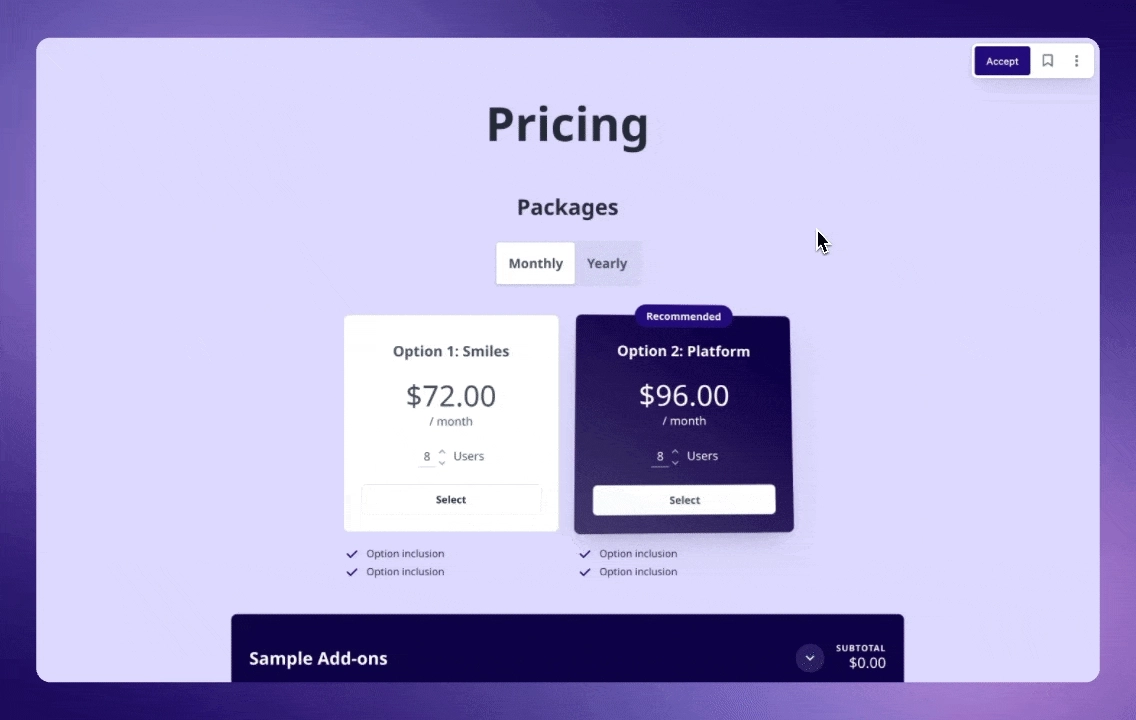
Not to forget that with Qwilr’s analytics, you’ll know exactly when they’re engaging so you can follow up at the right moment.
Get signatures with confidence
Traditionally, you might print, scan, or rely on a patchwork e-sign tool that doesn’t track much beyond a name. With Qwilr, the e-signature is built in, with a complete audit trail that makes the contract enforceable.
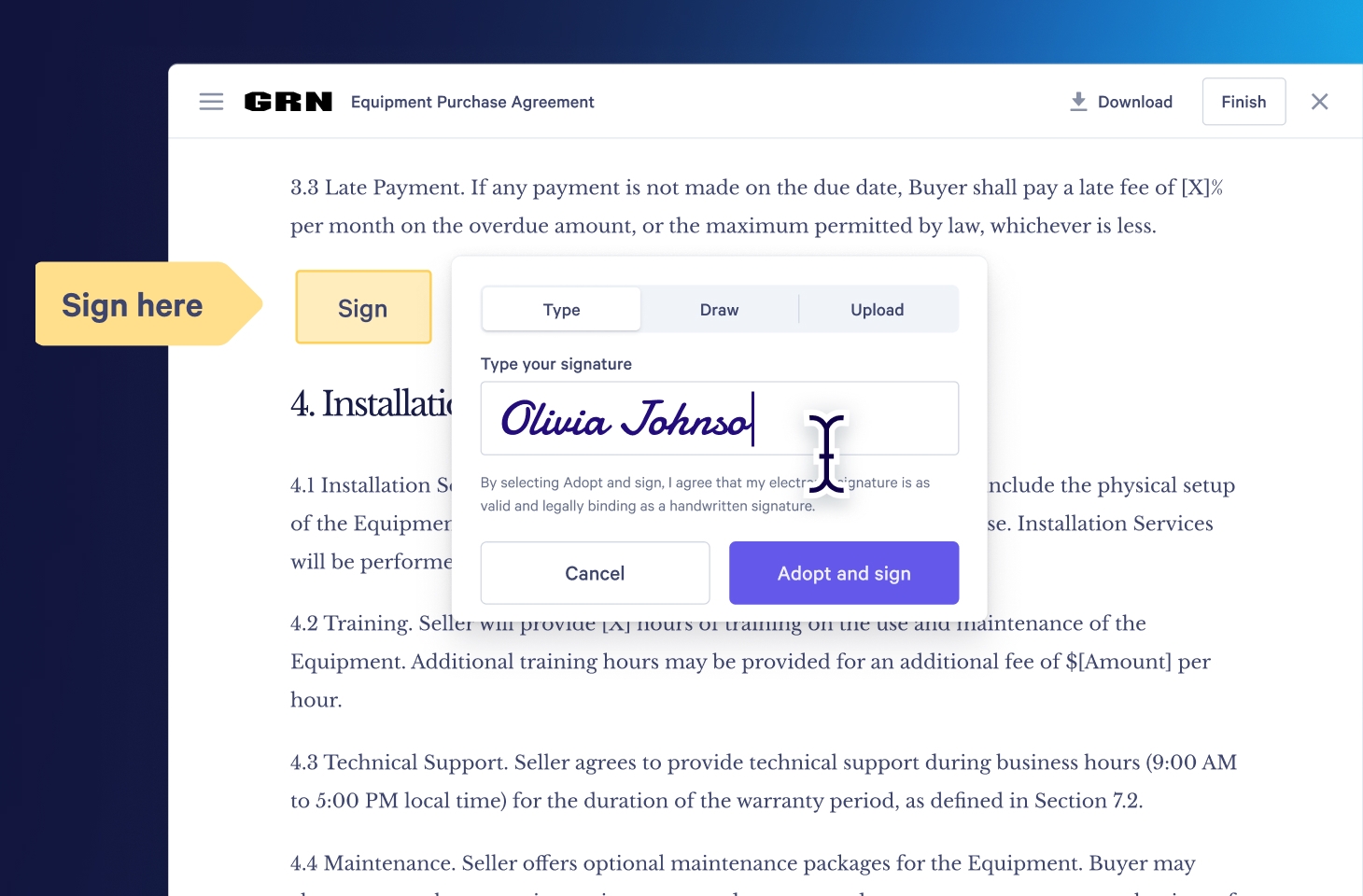
Your client clicks once, and both the proposal and contract are stored securely in the same place. You leave with a signature you can rely on, and a process that feels polished from start to finish.
Does a contract have to be signed to be legally binding?
Contracts don't always need formal signatures to be legally binding
The law looks for acceptance and agreement, not just ink on paper. If someone receives your contract and starts performing the work or making payments, that can create a binding agreement even without signatures.
But signatures make everything clearer
Without signatures, proving what everyone agreed to becomes much harder in disputes. Written contracts with clear signatures eliminate guesswork and give you solid evidence if things go wrong.
The smart approach? Get proper signatures every time. Modern e-signature tools like Qwilr make this effortless, giving you legally valid signatures with complete audit trails that hold up in court
Contracts done right, without the complexity
You don’t always need a lawyer to create a contract. What you do need is a contract that’s set up to hold when it matters, and one that’s clear, enforceable, and woven into the way you already run your business.
Because here’s the truth, whether you are part of a SaaS team or a consultant, you can’t afford to lose time, trust, or revenue to outdated processes. A deal that slows down at the contract stage is a deal at risk.
That’s why Qwilr and Lawpath make the next step effortless. You can send proposals, attach vetted agreements, and obtain signatures in one continuous flow, without tool switching, shaky templates, or second-guessing.
So the question isn’t if you can make a legal contract without a lawyer. The real question is whether you’re willing to keep working the old way.
Book a demo today and see how easy it can be to close the gap between proposal and contract.
About the author

Taru Bhargava|Content Strategist & Marketer
Taru is a content strategist and marketer with over 15 years of experience working with global startups, scale-ups, and agencies. Through taru&co., she combines her expert skills in content strategy, brand management, and SEO to drive more high-intent organic traffic for ambitious brands. When she’s not working, she’s busy raising two tiny dragons. She's on a first-name basis with Mindy Kaling.
